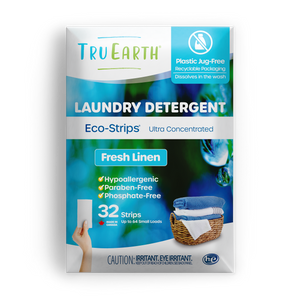Starting the process of creating a compost bin is a rewarding way to not only reduce your carbon footprint but also provide nutrient-rich compost for your garden.
This guide will walk you through the step-by-step process of making a compost bin from readily available materials. Let's focus on sustainable gardening and begin to create a composting system that benefits both your plants and the environment.

Understanding the Basics of Composting
Before we look at making a compost bin, it's essential to understand the basics of composting. Composting is the natural process of decomposing organic matter into nutrient-rich soil.
It involves the breakdown of green (nitrogen-rich) and brown (carbon-rich) materials by microorganisms, resulting in a valuable resource for your garden.
Selecting the Right Location for Your Compost Bin
Choosing the optimal location for your compost bin is important for its efficiency. Consider placing it in an area with good drainage, access to sunlight, and convenience for regular turning and maintenance. Avoid waterlogged areas to prevent potential issues with the composting process.
Materials Needed for Your DIY Compost Bin
Creating a compost bin at home requires minimal materials, most of which you may already have. Here's a list of what you'll need:
- Wooden Pallets or Wire Mesh: These will form the sides of your compost bin, allowing for aeration.
- Galvanized Screws or Cable Ties: For securing the pallets or wire mesh together.
- Bricks or Blocks: To provide stability and raise the compost bin off the ground.
- A Piece of Plywood or Cardboard: To cover the compost bin and regulate moisture.
Step-by-Step Guide to Making a Compost Bin
Step 1: Positioning the Bin
Lay the wooden pallets or wire mesh in a square or rectangular shape, creating the walls of your compost bin.
Secure the corners using galvanized screws or cable ties.
Step 2: Elevating the Bin
Place bricks or blocks underneath the compost bin to elevate it slightly. This allows for better air circulation and drainage.
Step 3: Adding a Lid
Place a piece of plywood or cardboard on top of the compost bin to act as a lid. This helps regulate moisture and keeps pests out.
Step 4: Choosing the Right Materials
Collect kitchen scraps like fruit and vegetable peelings, coffee grounds, and eggshells for green materials.
Gather brown materials such as dried leaves, straw, or shredded newspaper.
Step 5: Layering Green and Brown Materials
Alternate layers of green and brown materials inside the compost bin. This layering promotes balanced decomposition and prevents the compost from becoming too wet or compacted.
Step 6: Turning the Compost
Use a pitchfork or shovel to turn the compost regularly. Turning enhances aeration and accelerates the composting process.
Tips for Maintaining Your DIY Compost Bin
Now that your compost bin is in place, it's essential to maintain it for optimal results. Here are some tips for successful composting:
Regular Turning
Turn the compost every two to three weeks to ensure even decomposition. This also helps prevent odors and promotes a healthy microbial environment.
Moisture Management
Keep an eye on the moisture levels in your compost bin. It should feel as damp as a wrung-out sponge. Adjust by adding water or more dry materials as needed.
Balancing Green and Brown Materials
Maintain a balanced ratio of green to brown materials for efficient decomposition. Too much of either can lead to issues like slow decomposition or unpleasant odors.
Benefits of Making Your Own Compost Bin
Cost-Effective Solution
Creating your compost bin is a cost-effective alternative to purchasing one. It allows you to recycle materials and contribute to sustainability without breaking the bank.
Customization
DIY compost bins offer flexibility in terms of size and design. You can tailor the bin to fit your available space and gardening needs.
Environmental Impact
Making your compost bin aligns with eco-friendly living by reducing waste and creating a closed-loop system for organic materials.

Crafting a Greener Tomorrow with Your DIY Compost Bin
Making a compost bin at home is a fulfilling and sustainable choice for any gardening enthusiast. By understanding the basics of composting, selecting the right location, gathering materials, and following the step-by-step guide, you can create an efficient composting system.
With the added benefits of cost-effectiveness, customization, and a positive environmental impact, your DIY compost bin is sure to become an essential part of your gardening routine. Start your process towards sustainable gardening today!


